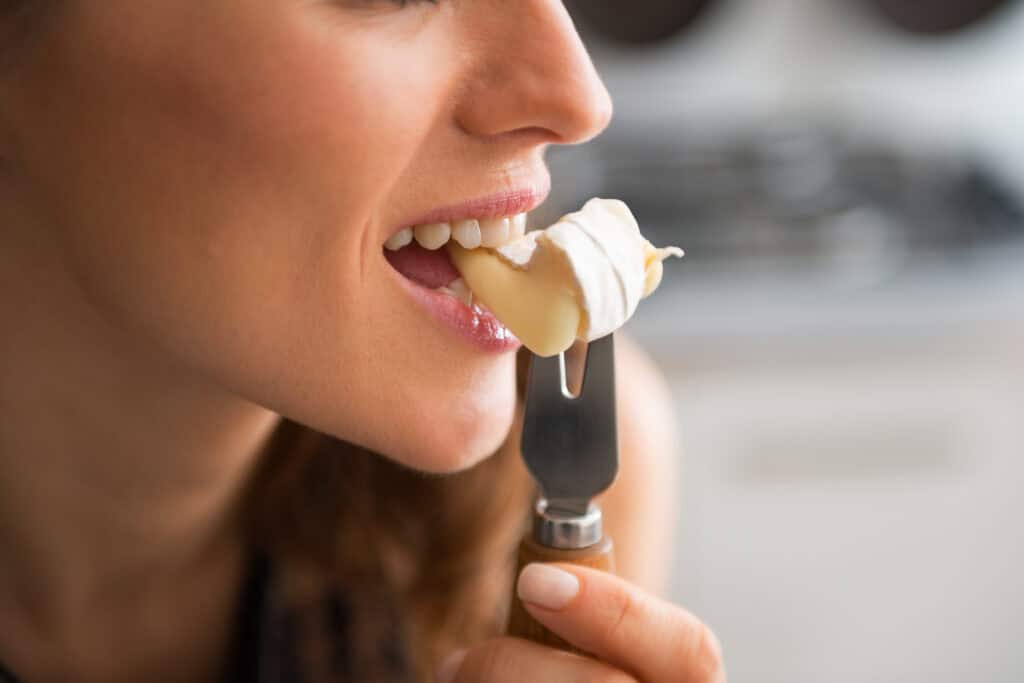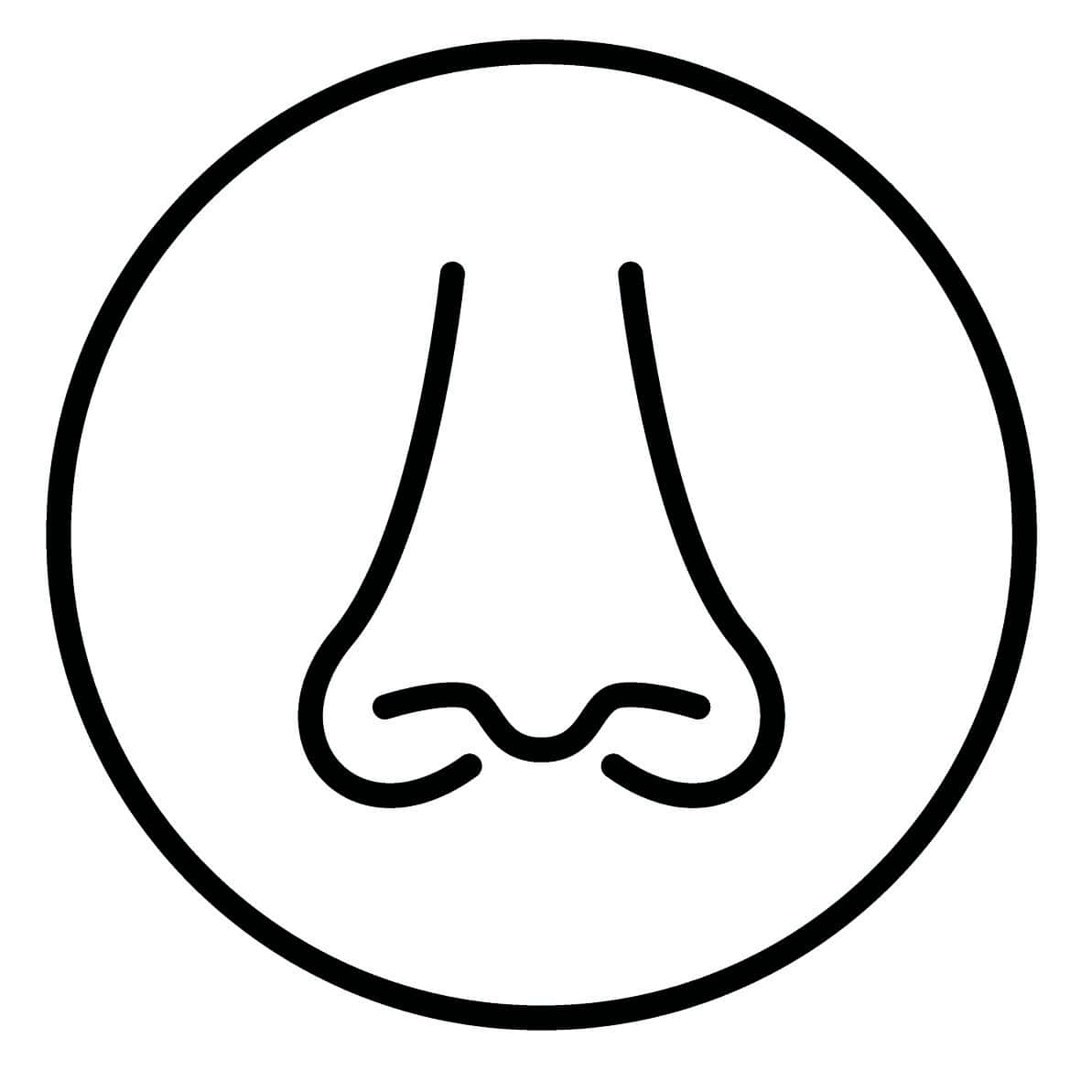How To Use All of Your Senses When Eating Cheese

There have been papers published about the euphoric attributes of cheese and its ability to keep you coming back for more. To teach you how to make the most of your cheese-eating experience, we’ve pulled an article from our Summer 2010 archives, highlighting acclaimed cheese judge Max McCalman’s musings on using your senses when it comes to dairy.

LOOK
You might be surprised to learn that the appearance of a cheese carries relatively low weight in judging circles. That’s because the scariest-looking cheeses can be the tastiest, while some of the prettiest can be altogether disappointing. I may respond instinctively to a good-looking wheel, but I know it’s not an indication of quality. A cheese that appears to be beautifully crafted can turn out to be alarmingly out of balance, flavor-wise. Conversely, I’ve met some dastardly looking cheeses that tasted sublime. Ultimately, it’s like the proverbial book and its cover—a winning exterior is no guarantee of a satisfying interior.

SMELL
The aroma of a cheese is a significant part of assessing a cheese—often the first impression and almost always the final one. To get a good whiff, I hold the cut surface of a small piece of the cheese right up to my nose. Assuming that the appearance of a cheese is acceptable, the aroma should provide the taster the first critical evaluation. That smell will also give me a clue as to how the cheese will actually taste. For these reasons, the environment where you sample a cheese should be clean, with no other scents (such as strong perfumes or hand soap) getting in the way.

FEEL
Perhaps the best test in this category of texture is simply the way a cheese lies on the tongue and melts in your mouth. In judging situations, however, I often pick up a piece and break it apart to see how it separates. I’ll also give the cheese a firm but gentle poke to gauge its consistency. I notice the degree of resistance a knife encounters going through it. Keep in mind that the temperature of the cheese can greatly affect this resistance (not to mention its flavor, which is why serious cheesemongers, who offer customers samples to taste before buying, rest their wheels on the counter, not in cold storage).

TASTE
We rely on our taste receptors for assessing the four basic flavors of a cheese: saltiness, sweetness, sourness, and bitterness. A great many cheeses also exhibit a fifth dimension known as umami, which refers to a kind of full resonance of flavor, somewhat meaty and mouth-coating. To allow the tongue to pick up all these components, always take a small, thin slice and let it luxuriate on your tongue, stimulating your saliva and taste receptors. Try to note the first “attack” of flavor, then how it evolves, and finally, “the finish.” Discern whether the cheese flavor is balanced and well-rounded—not too salty or too acidic. I think a cheese exhibits balance when the flavor of the milk comes through with no rough edges. A cheese that would be considered sharp might still have a balanced flavor profile, yet it might be a little more acidic, possibly a little salty. If there are bitter notes in the flavor, they should be gentle. This flavor equilibrium can be a little difficult to explain in words, but when you taste it, you know it. Essentially, a well-balanced cheese should have a smooth flavor across the tongue, and it should leave a pleasant finish of clean, wholesome milk. I close my eyes when I taste cheese professionally; this helps me concentrate. Some cheese evaluators insist that you spit out the cheese as part of the tasting process. Personally, I have a hard time with that one. Unless the cheese is especially alarming in the mouth, I want to experience it fully.




